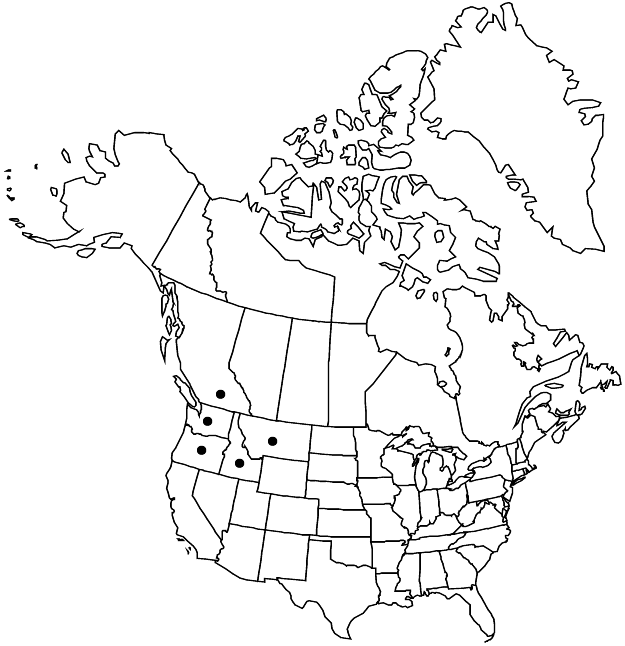Difference between revisions of "Silene spaldingii"
Proc. Amer. Acad. Arts 10: 344. 1875.
FNA>Volume Importer |
imported>Volume Importer |
||
| Line 8: | Line 8: | ||
}} | }} | ||
|common_names=Spalding’s catchfly or campion | |common_names=Spalding’s catchfly or campion | ||
| + | |special_status={{Treatment/ID/Special_status | ||
| + | |code=E | ||
| + | |label=Endemic | ||
| + | }}{{Treatment/ID/Special_status | ||
| + | |code=C | ||
| + | |label=Conservation concern | ||
| + | }} | ||
|basionyms= | |basionyms= | ||
|synonyms= | |synonyms= | ||
| Line 46: | Line 53: | ||
|publication title=Proc. Amer. Acad. Arts | |publication title=Proc. Amer. Acad. Arts | ||
|publication year=1875 | |publication year=1875 | ||
| − | |special status= | + | |special status=Endemic;Conservation concern |
| − | |source xml=https:// | + | |source xml=https://bitbucket.org/aafc-mbb/fna-data-curation/src/2e0870ddd59836b60bcf96646a41e87ea5a5943a/coarse_grained_fna_xml/V5/V5_422.xml |
|subfamily=Caryophyllaceae subfam. Caryophylloideae | |subfamily=Caryophyllaceae subfam. Caryophylloideae | ||
|genus=Silene | |genus=Silene | ||
Latest revision as of 22:11, 5 November 2020
Plants perennial, viscid; taproot stout; caudex branched, woody, producing several to many shoots. Stems erect, branched, leafy, 20–60 cm, villose-tomentose, viscid-glandular. Leaves 2 per node, connate proximally, sessile, largest in mid stem; blade lanceolate, 3–7 cm × 5–15 mm, apex acute, glandular-tomentose throughout. Inflorescences open, leafy cymes, bracteate, viscid and glandular-tomentose, branches ascending, mostly floriferous, flowers terminal and at distal nodes; bracts leaflike, 5–30 mm. Pedicels shorter than calyx. Flowers: calyx obscurely 10-veined, tubular-campanulate, 10–15 × 4–5 mm in flower, becoming clavate and 15–20 × 6–8 mm in fruit, narrowed toward base around carpophore, herbaceous, viscid-pubescent, veins more distinct at base, without conspicuous pale commissures, lobes narrowly lanceolate, 3–6 mm, margins very narrow, membranous, apex blunt; corolla greenish white, clawed, claw equaling calyx, widened distally, limb emarginate, 2 × 4 mm, appendages 4(–6), ca. 0.5 mm; stamens equaling petals; styles 3, equaling petals. Capsules ellipsoid, slightly longer than calyx, opening by 6 teeth; carpophore 1.5–2.5 mm. Seeds yellowish brown, winged, reniform, ca. 2 mm, rugose; wing broad, wrinkled. 2n = 48.
Phenology: Flowering summer.
Habitat: Mixed prairie and ponderosa pine forests in swales and on dry hillsides
Elevation: 800-1100 m
Distribution

B.C., Idaho, Mont., Oreg., Wash.
Discussion
Of conservation concern.
Selected References
None.